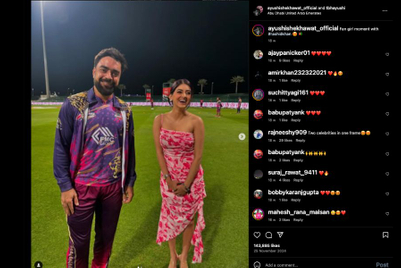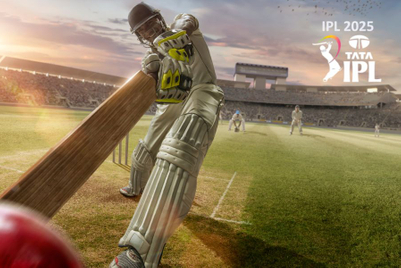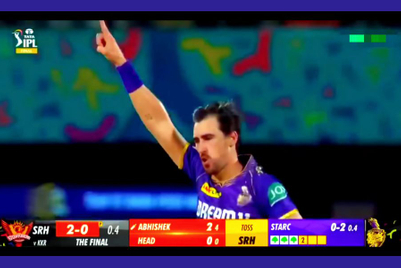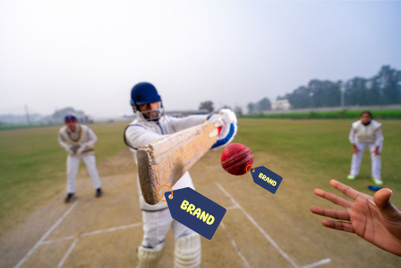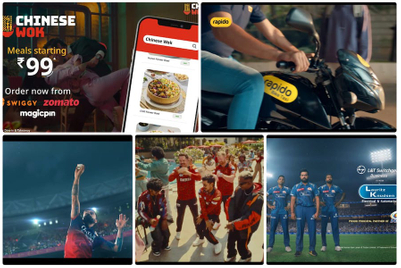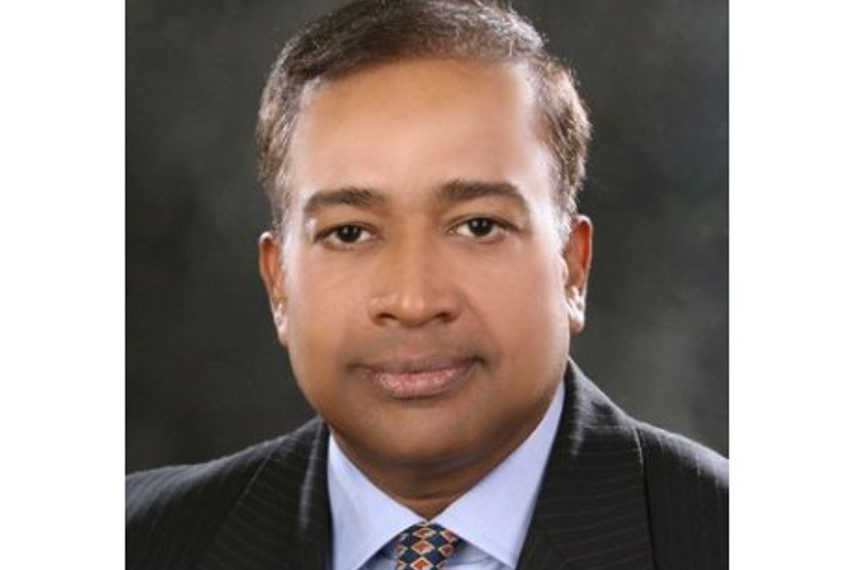
I have always held that the IPL is a great idea. The fifth edition has furthered the idea.
IPL has established India at the centre of the cricketing universe, as it should. It created a world class event where none existed; cleverly packaged the passion for cricket with a strong doze of glamour; gave men control over the remote even if only for a little over a month, lighting up often drab and dreary summer evenings. And somewhere along the way become a multibillion dollar property – a number worthier businesses have struggled to achieve.
IPL has broad-based the appeal for cricket - never mind the purists who claim that the game has now lost its charm. A dwindling test match audience would not have made it possible for more than Rs 70 crore being handed out to our cricketing veterans.
Most importantly, IPL has continued to innovate, and remain interesting: Whether it is by taking cameras into the winning teams’ dressing rooms, live chatting with fielders during the game, through the show ‘Extra Innings’ or the cheerleaders, there is no dearth of innovation, making IPL definitively differentiated not just from Test cricket, but even from keenly contested and followed one day internationals.
Fuller houses
One significant development in IPL 5 has been that it has managed to get in more family audiences into the stadium. I feel this edition was far more organised as a live event than its predecessors. Also interesting digital innovations – like the one created by TeliBrahma at the Chinnaswamy stadium in Bangalore where spectators could participate in live contests.
The organising efforts have helped IPL evolve into a four to five-hour entertainment package, with the comforts of pre-booked and chosen seats, comfort that Indian audiences didn’t know were possible for live sporting events, with snacks and food thrown in. Perhaps the word has spread – the stadia seem fuller this year. And that is a good sign for live cricket. In my view, having one less team helped this edition of IPL – as it restricted the number of games to a more manageable level compared with last year.
Controversies
There are two schools of thought on this aspect of IPL. However one must recognize that SRK or Mallya Junior’s behaviour is not the fault of the IPL.
Yes, some of the buzz around celebrities and team owners works positively for the property. The print media carries stories on why the broadcaster’s cameras keep focusing on team owners during the matches instead of focusing on the matches themselves. There is logic to it. If the team owners are Shahrukh Khan, Shilpa Shetty, Preity Zinta or Vijay Mallya, there’s nothing wrong in showing them on air.
But on issues like spot fixing, drugs and molestation, one has to draw the line. They should be handled more sensitively.
I would like to see IPL organisers draw up a code of conduct and ensure that teams, the franchise owners and their support staff adhere to the code. Bringing in discipline and ensuring rules of engagement both within outside the field will help preserve the IPL aura.
‘Cricket + Entertainment’ works. ‘Cricket + Controversies’ don’t. For IPL to have continued sustenance, it is it is important that they live by a code of conduct.
IPL 5 and Brands
Comparing America’s Super Bowl with the IPL isn’t fair, because I don’t think IPL set out to become a ‘Super Bowl of India’. The Super Bowl is a format where it all leads up to one great game which 40 per cent of the US watches. So brands try to premier their years biggest commercials.
In the case of IPL, it allows a lot of brands to showcase multiple executions of one idea, with the surety that a bulk of the audience will be able to see the whole campaign. Few other television properties can get in a concentrated male audience over a 45-day period, and enable 8 to 10 creative executions under the same theme. Notably in this edition, the three telecom players, Vodafone, Idea and Tata Docomo, took a theme through to multiple executions using the IPL platform.
Online, cinema viewership
Online viewing of the matches is still very nascent in India. Most consumers still log in for score updates. It’ll be a while before online viewing becomes significant in scale, when compared to television viewing.
The viewership I’d love to see grow for IPL, is the group viewing experience recreating the live stadium scenarios. Cinemas and cafes where one can go with friends and watch the matches live provide an opportunity for brands to connect on-ground in an experiential manner. If organisers can take the IPL fever down to dedicated hang-outs screening the matches, they would have recreated and amplified the stadium experience manifold.
Verdict: IPL 5 has delivered
A lot of young Indian cricketers are playing alongside the best in the world. Better still some of the best players are giving their best to the IPL – the power of lucre some may call it. That still can’t be bad for cricket.
The excitement has hardly waned, with ten matches going down to the last ball and numerous more going to the last over.
Yes, television ratings are a big indicator of the property’s success, because a big bulk of IPL’s revenue comes from television. But it is not the only measure. Comparisons over previous editions of IPL are imperative, but what brands have been willing to pay, and what the comparable opportunities on television are, would be relevant reality checks.
By any standard the IPL is India’s biggest sporting property and its fifth edition has been a big success. It has done exceedingly well. But it can do even better in future, and I believe it will.
Lloyd Mathias, co-founder of GreenBean Ventures, is former chief marketing officer of Tata Teleservices and Motorola India.


.jpg&h=334&w=500&q=100&v=20250320&c=1)
.jpg&h=334&w=500&q=100&v=20250320&c=1)


.jpg&h=334&w=500&q=100&v=20250320&c=1)



.jpg&h=334&w=500&q=100&v=20250320&c=1)

